Thermoplastic Hydraulic Hose
We provide advanced thermoplastic hydraulic hoses engineered for superior performance in diverse industrial applications. Our products are recognized for being exceptionally lightweight, highly flexible, and having excellent resistance to abrasion and chemicals. We offer reliable, non-conductive hose solutions perfect for high-pressure fluid transfer in demanding environments, ensuring long-lasting durability and system integrity for your operations.
Get Your Desired Thermoplastic Hydraulic Hose
We supply your desired thermoplastic hydraulic hose, designed for outstanding reliability and performance in critical applications. We offer highly flexible, lightweight, and non-conductive hose products with superior resistance to chemicals and harsh weather. We manufacture solutions that meet demanding high-pressure requirements while assuring long service life and exceptional operational safety for your specialized equipment and systems.
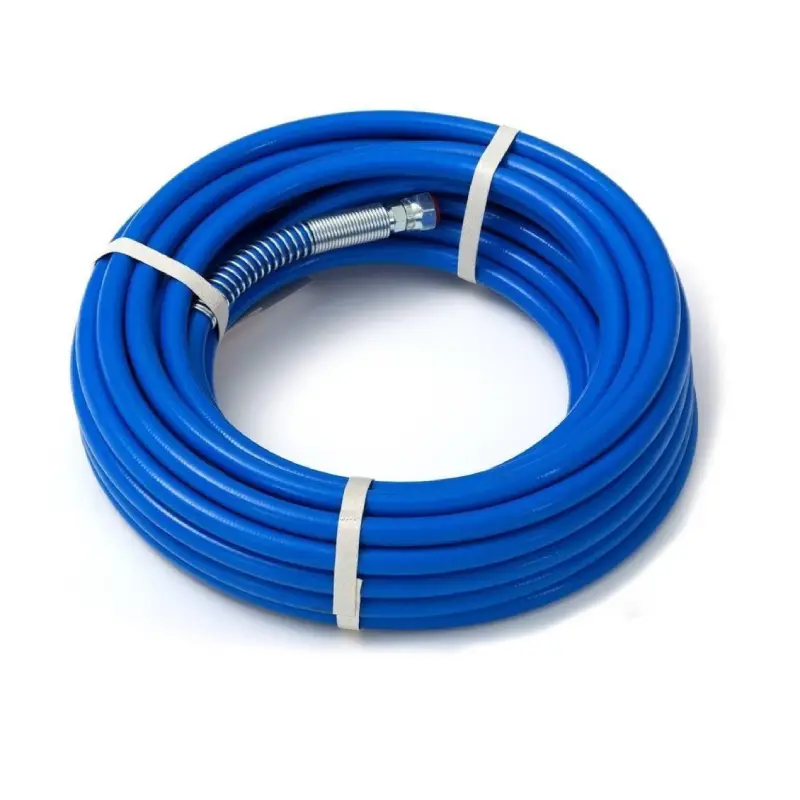
Thermoplastic hydraulic hose benefits
Exceptional Chemical Resistance We manufacture hoses with specialized materials that effectively resist breakdown from many harsh chemicals. This resilience ensures our thermoplastic hydraulic hoses maintain their integrity when transferring corrosive fluids.
Lighter Weight Construction We provide a significantly lighter product compared to conventional rubber alternatives. This reduced weight makes installation easier and contributes to better overall system efficiency and fuel economy in mobile applications.
Superior Abrasion Durability We use rugged outer covers that resist wear and tear from constant rubbing and flexing. This outstanding durability extends the service life of our thermoplastic hydraulic hose in tough operating conditions.
Non-Conductive Properties We offer specialized non-conductive hoses that protect operators from external electrical hazards. This is critical for utility and aerial lift applications, enhancing safety near power lines.
Tighter Bend Radius We supply highly flexible hoses that can be routed in compact and confined spaces. This tight bend radius capability simplifies complex routing and reduces the number of required adapters and fittings.
Thermoplastic hydraulic hose Uses
Utility and Aerial Equipment We provide non-conductive hose perfect for aerial lift buckets and utility trucks. This insulation protects personnel working near live power lines, a critical safety feature we manufacture into our product.
Forklifts and Material Handling We offer flexible and abrasion-resistant hoses that withstand constant movement and heavy use. Our thermoplastic hydraulic hose is ideal for controlling lift and tilt functions in demanding warehousing equipment.
General Industrial Hydraulics We manufacture durable hoses suitable for medium to high-pressure fluid power systems. This includes factory automation, presses, and assembly equipment, where our lightweight design simplifies complex routing.
Chemical and Solvent Transfer We supply hoses with excellent chemical resistance, making them ideal for aggressive fluid transfer lines. This prevents hose deterioration and ensures long-term integrity when handling difficult media.
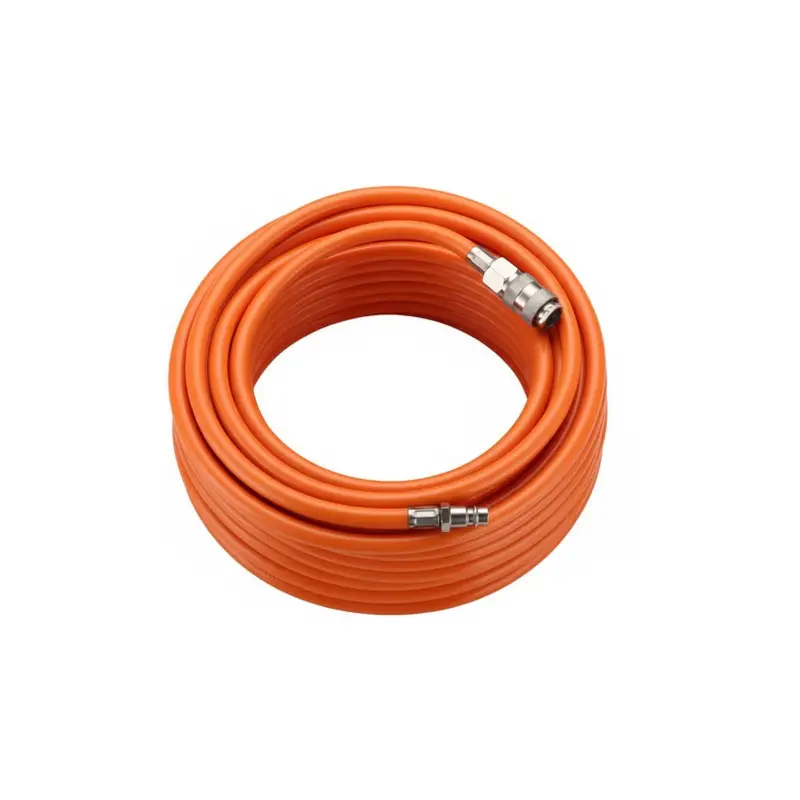
All Thermoplastic Hydraulic Hoses
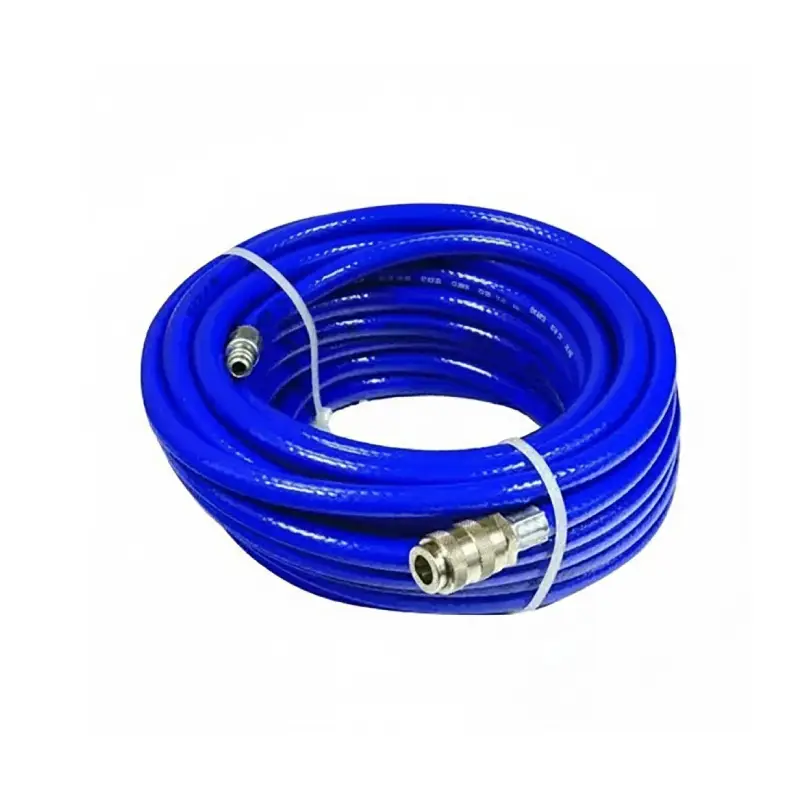
custom thermoplastic hydraulic hoses
We offer custom thermoplastic hydraulic hoses, precisely engineered to meet your unique application specifications. We manufacture solutions with exact pressure ratings, required chemical resistance, and specific lengths. Our flexible, lightweight non-conductive hose products ensure reliable fluid transfer and enhanced safety in demanding environments, delivering optimal system performance.
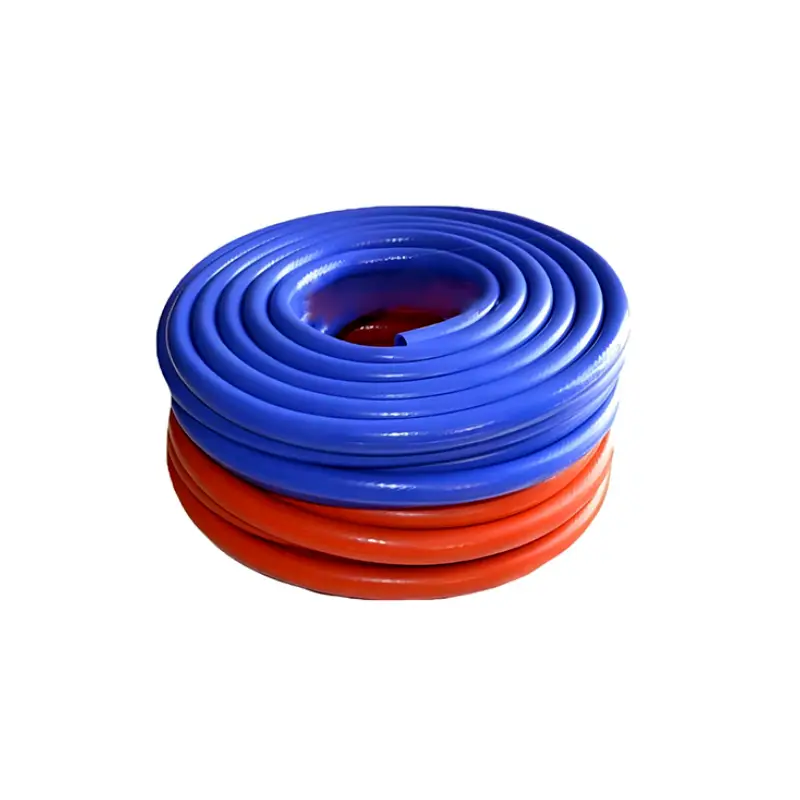
thermoplastic non conductive hydraulic hoses
We offer specialized thermoplastic non-conductive hydraulic hoses engineered for superior safety and reliability in critical utility applications. These hoses provide essential electrical insulation, protecting operators working near energized lines. We manufacture our lightweight, highly flexible products to resist abrasion and chemicals, assuring long-term durability and system integrity in demanding, high-pressure environments.
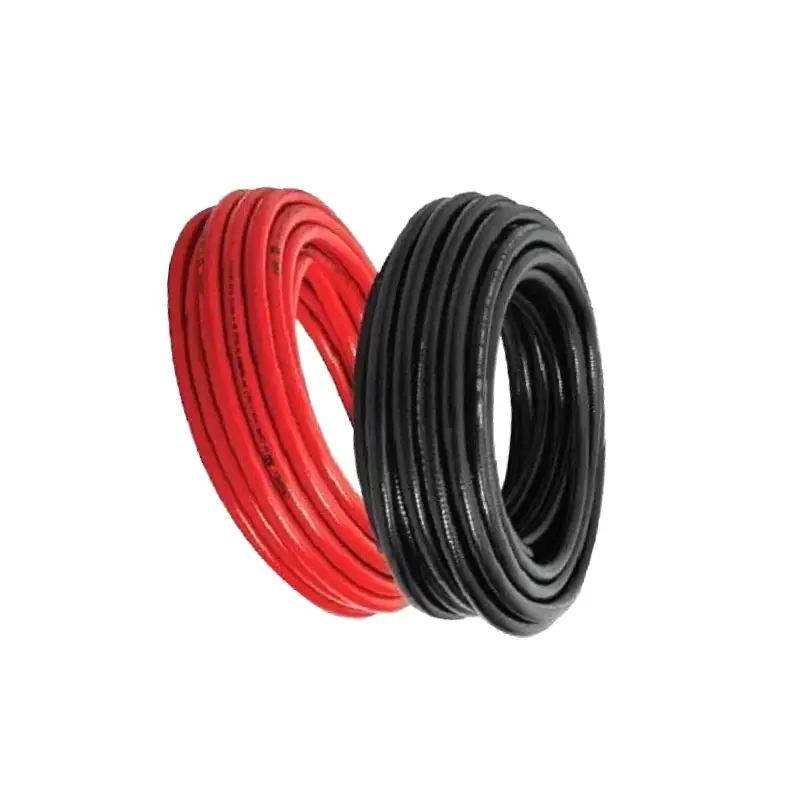
thermoplastic high pressure hydraulic hose
We offer thermoplastic high-pressure hydraulic hose assemblies that deliver reliable performance where safety is non-negotiable. We provide products engineered to handle extreme working pressures while maintaining a lightweight, non-conductive structure. Our flexible hoses feature exceptional abrasion and chemical resistance, assuring system integrity and long-term durability for your most demanding hydraulic applications.
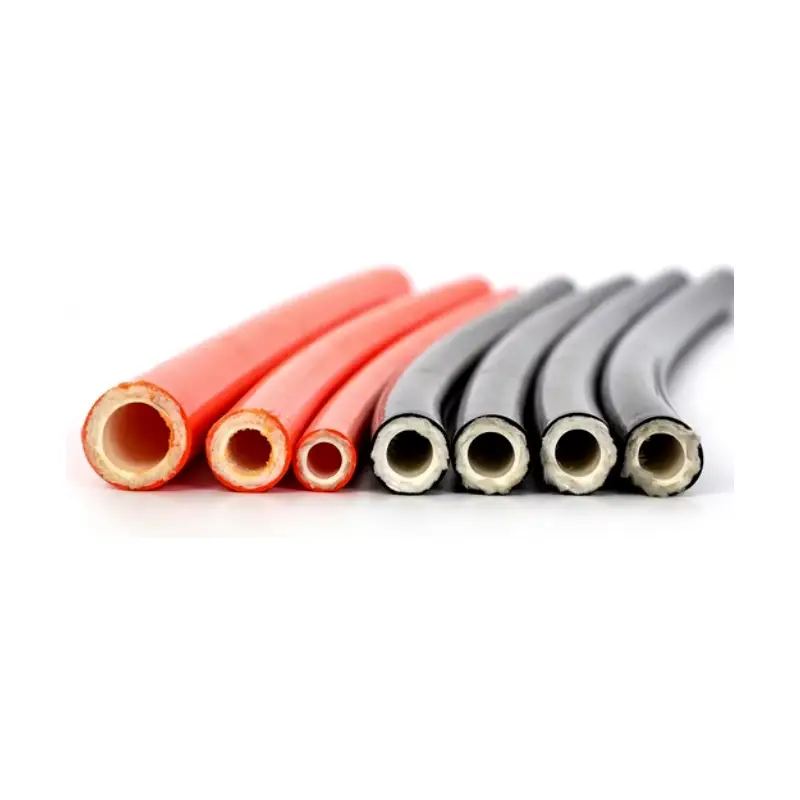
SAE 100R7 thermoplastic hydraulic hoses
We offer certified SAE 100R7 thermoplastic hydraulic hoses for your medium-pressure applications. Our products feature a synthetic fiber braid reinforcement and are often non-conductive, making them ideal for utility and lift equipment. We supply hoses with excellent chemical and abrasion resistance, ensuring flexibility, durability, and high-performance fluid transfer in demanding environments.
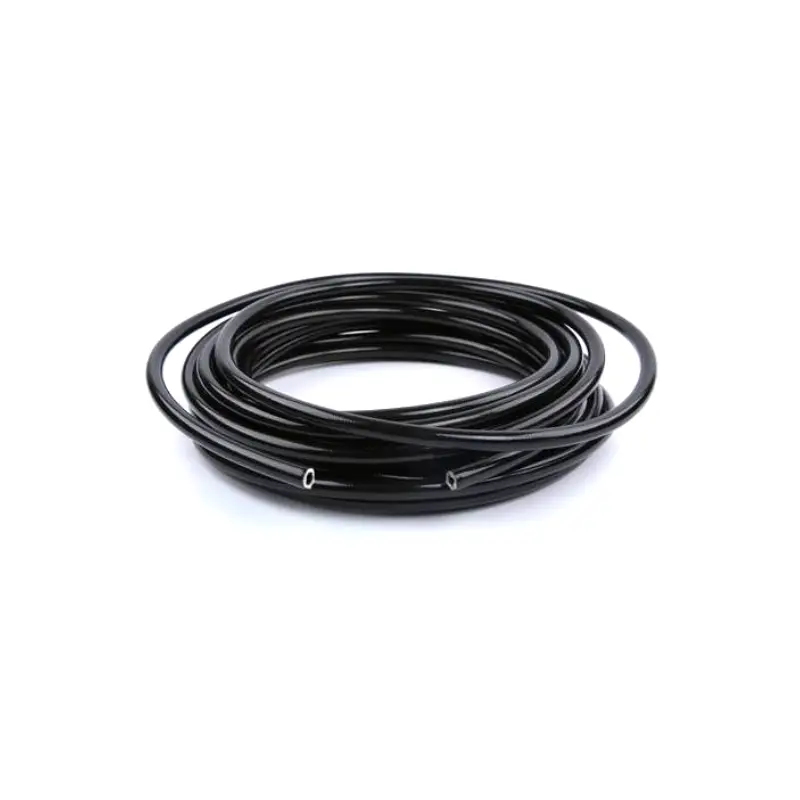
SAE 100R8 thermoplastic hydraulic hoses
We offer a specialized range of SAE 100R8 thermoplastic hydraulic hoses, engineered for demanding high-pressure applications. These products are known for their exceptional strength-to-weight ratio, utilizing synthetic fiber reinforcement instead of steel wire. We provide non-conductive options essential for safety in utility and aerial lift equipment, assuring reliable, lightweight performance and superior chemical resistance for your critical systems.
Custom Thermoplastic Hydraulic Hose Wholesale
Specify Pressure and Burst Rating
We offer customization based on the required working pressure and safety factor for your application. We manufacture hoses with varying reinforcement layers, typically synthetic fiber, to achieve different burst ratings. This precision ensures the thermoplastic hydraulic hose safely handles pressure surges, maximizing system integrity and operational security.
Choose Cover Material for Environmental Resistance
We allow you to select the outer jacket material to withstand the operational environment, such as intense abrasion, UV exposure, or ozone. We offer covers made of specialized thermoplastic compounds that protect the internal reinforcement. This ensures the hydraulic hose maintains its structural integrity and performance under harsh external conditions.
Select Inner Tube Material for Fluid Compatibility
We guide your selection of the inner tube material to ensure maximum compatibility with the specific hydraulic fluid or chemical being transferred. Whether you need polyurethane, nylon, or PTFE, we provide materials that resist degradation and maintain fluid purity. This choice extends the service life of the hydraulic hose and prevents system contamination.
Determine Electrical Properties
We let you specify whether the application requires electrical insulation or static dissipation. We supply both non-conductive hoses for utility work to protect personnel, and conductive variants for environments where static buildup must be safely grounded. This critical choice guarantees the correct safety profile for your entire system.
Quote Thermoplastic Hydraulic Hose Wholesale
We provide competitive wholesale quotes for our extensive range of thermoplastic hydraulic hoses. We offer high-performance, non-conductive products, including popular SAE and EN-compliant sizes, ensuring you receive the best value for bulk orders. We supply durable, lightweight hoses with excellent chemical resistance, helping you meet your business needs with a reliable and cost-effective solution.

